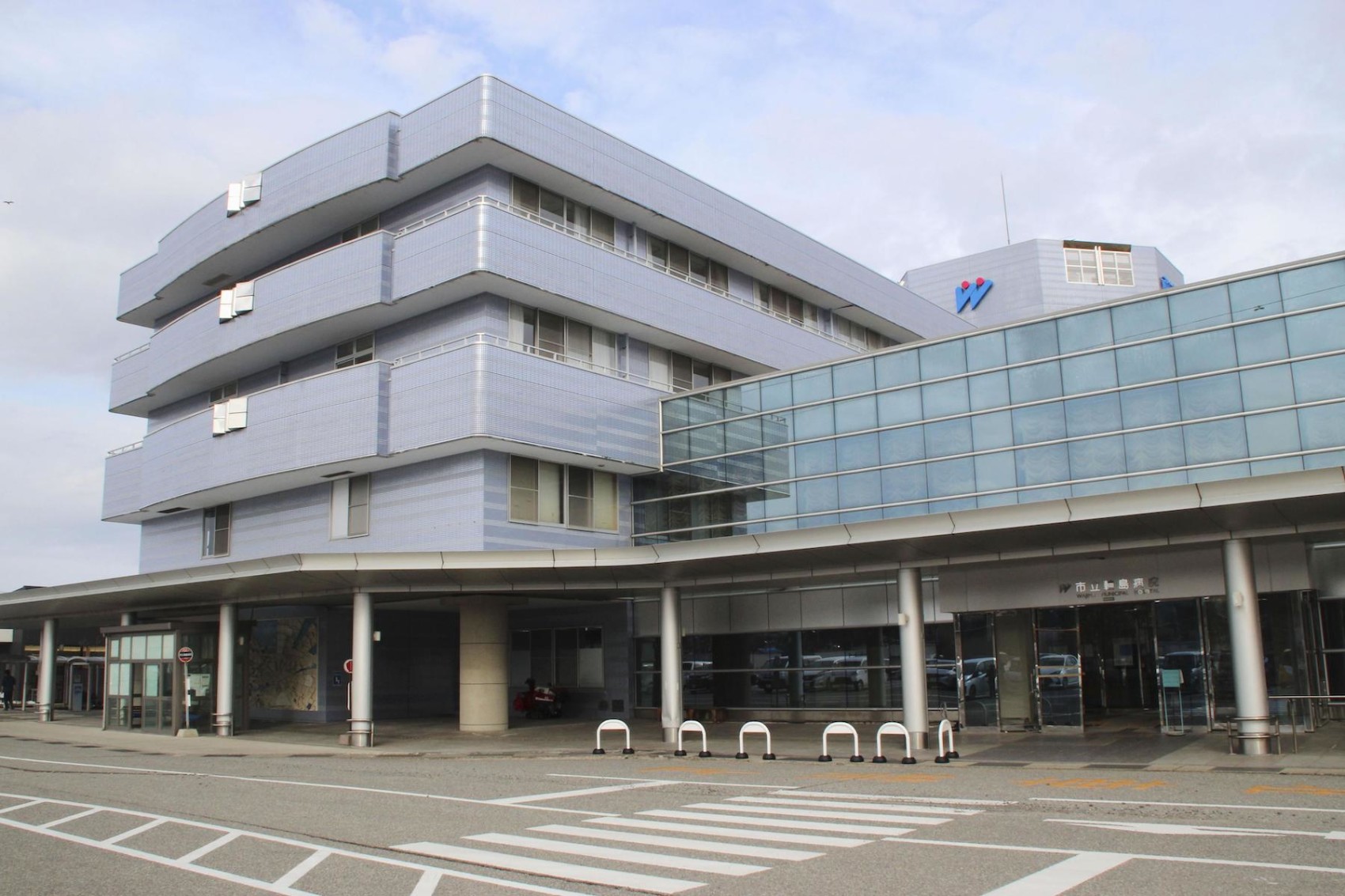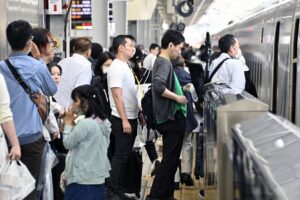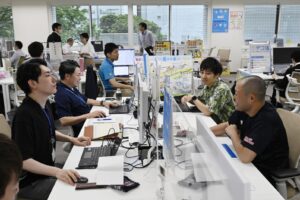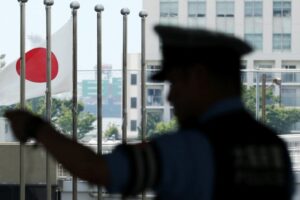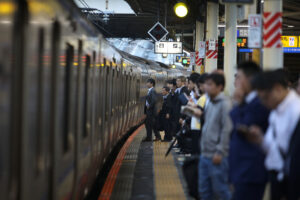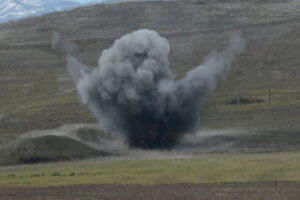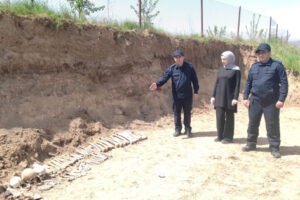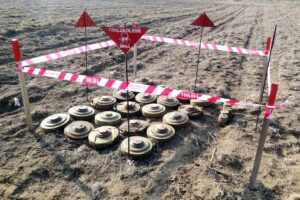Tokyo, 04 March, /AJMEDIA/
Around 20% of the 133 nurses employed in a major hospital in Wajima, a city that suffered heavy damage in the Jan 1 Noto Peninsula earthquake, have decided to quit or are considering it, the hospital has said.
The potential exodus poses challenges for the hospital and three other institutions facing a similar situation in the northern Noto region’s two towns and two cities, including Wajima, with health services already disrupted in the aftermath of the magnitude-7.6 quake.
The figures on the potential loss of 28 nurses, or 21 percent of the total, emerged in Wajima Municipal Hospital’s workforce planning for fiscal 2024, which starts in April, after its nurses were surveyed on what would make them stay in their jobs.
The 28 who said they have decided to quit or are considering it are primarily in their late 20s and 30s.
The hospital said in late February that some of its nurses have no choice but to leave after their homes were damaged or they were forced to move away due to their children’s schooling or spouses’ work situations.
Some have apparently considered raising their children in areas that sustained less severe damage in the quake, the hospital said.
Hospital officials said that even before the quake, the area struggled to recruit staff amid an aging population.
To prevent further staff attrition, health minister Keizo Takemi said in a Feb 20 press conference that the government is considering a system to allow medical staff to work at other health care facilities while staying as employees at hospitals in disaster-hit areas.
Under the scheme, staff could work at public hospitals in relatively unscathed southern Ishikawa Prefecture, and return to their original workplaces after recovery efforts progress.
The hospital in Wajima typically has around 10 nursing staff away on maternity or child care leave at any time. If an additional 28 people are lost, it is expected to be able to care only for around 50 to 60 beds of its 175 capacity.
“Secondary evacuations are continuing, and outpatient numbers are down, too, meaning we are able to withstand the decline at present. But looking to the coming years, a rapid decline in young people would be fatal to the personnel structure,” said Kuniyuki Kawasaki, the hospital’s administrative manager.

